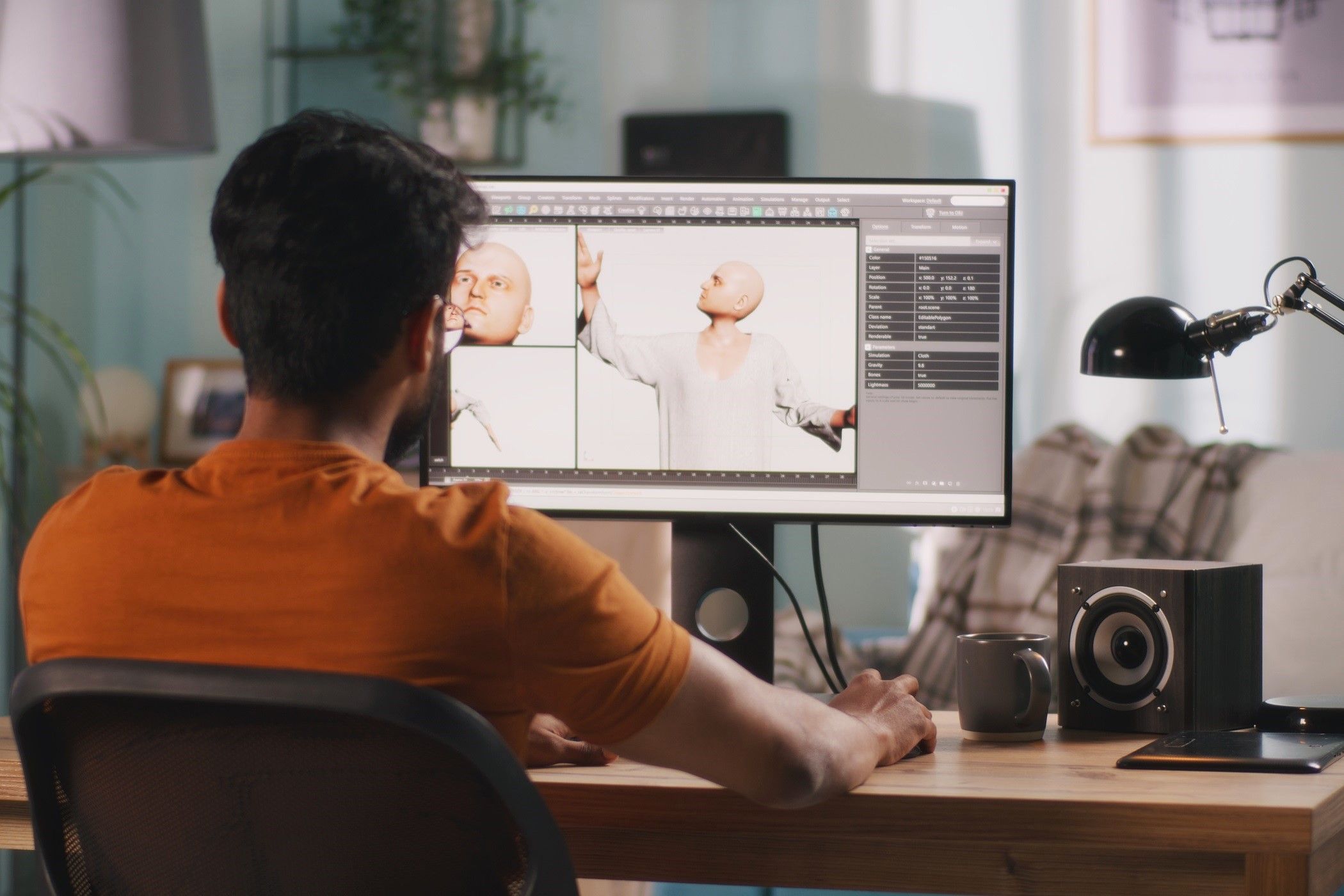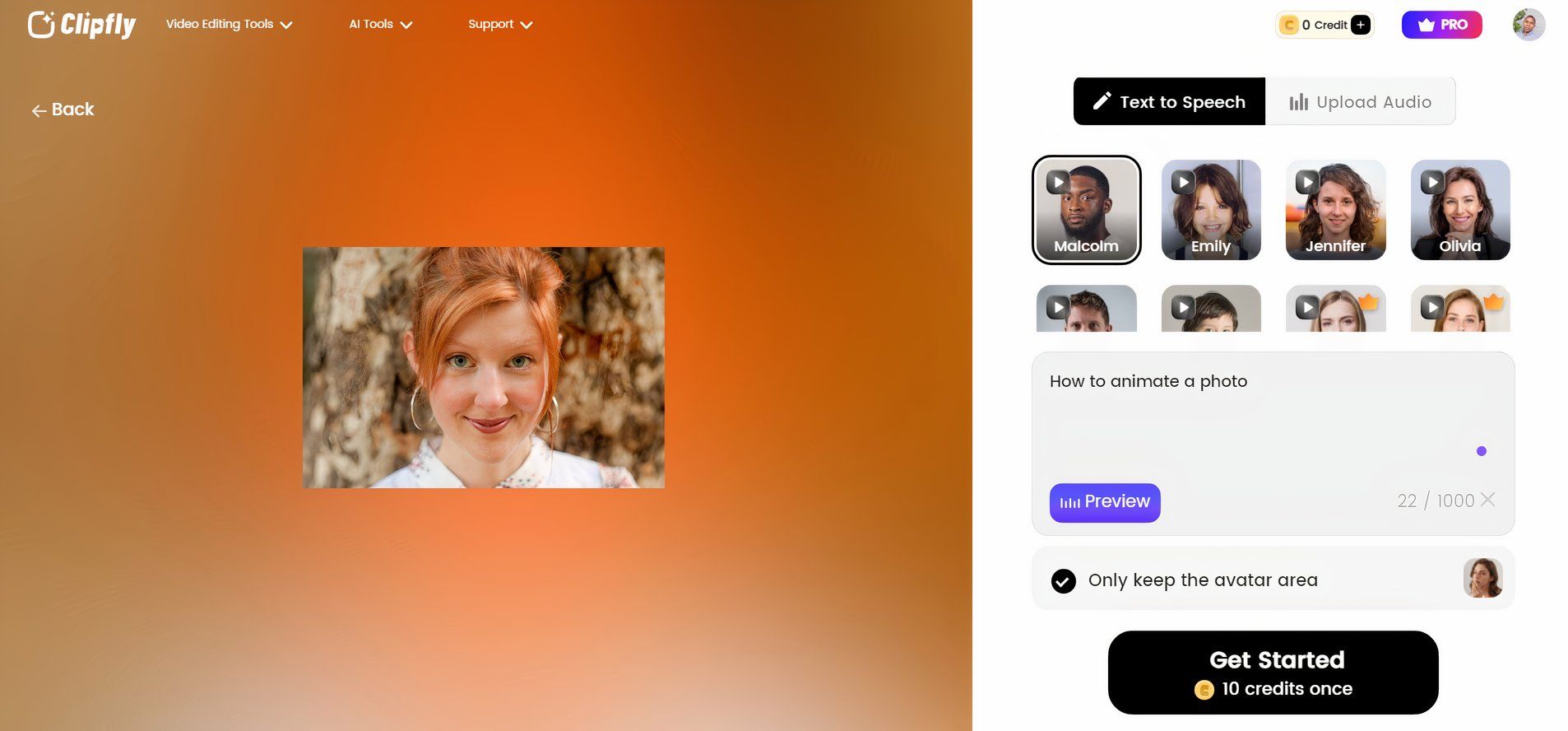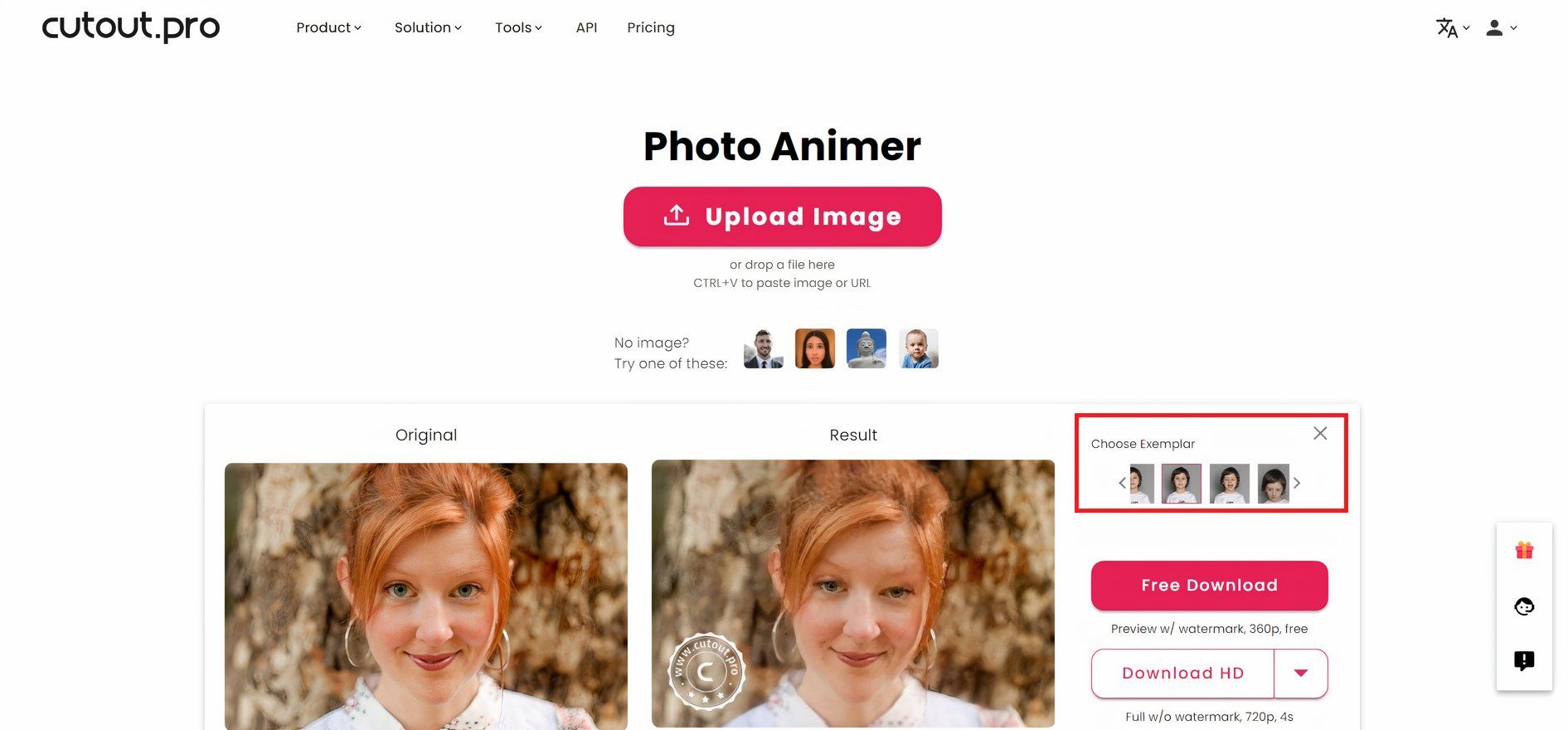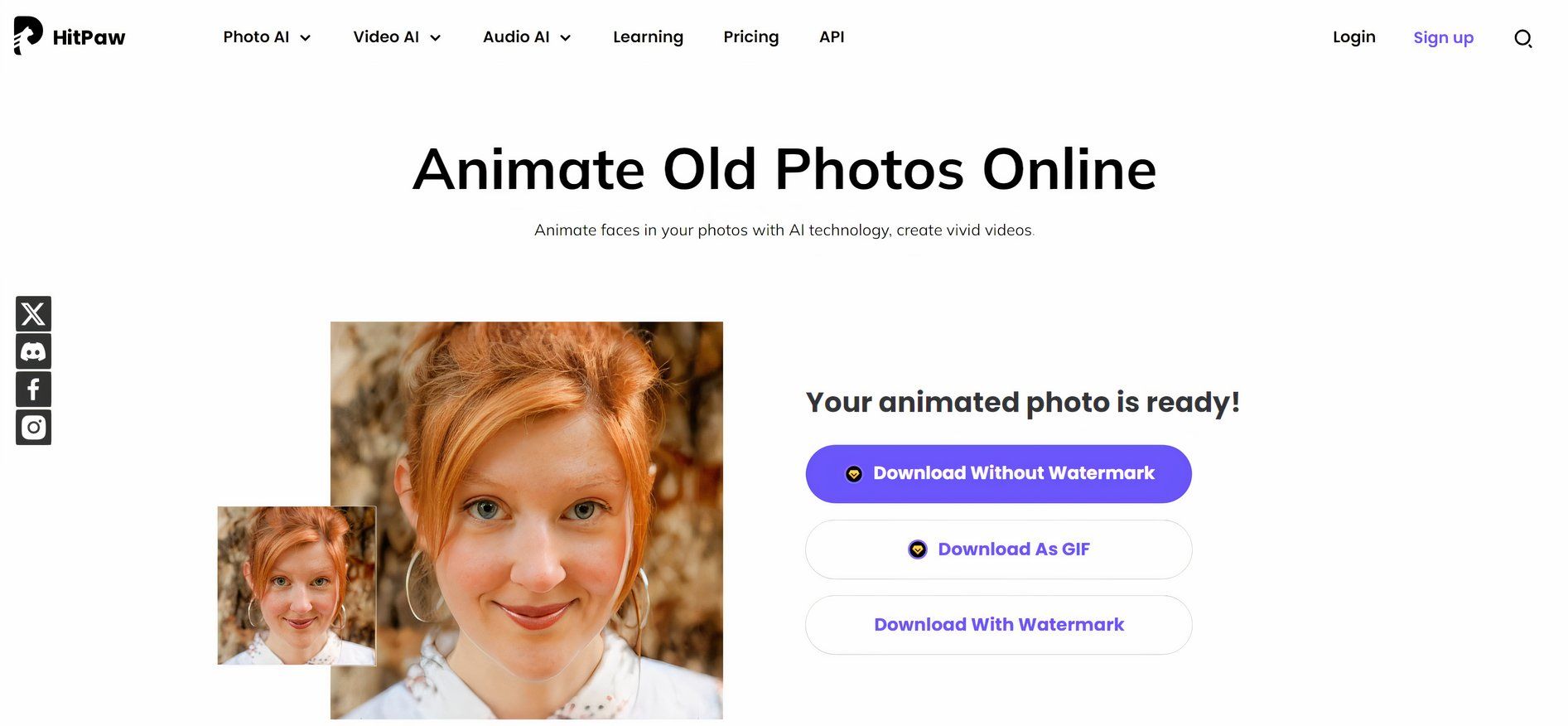Air pollution exposure during childhood linked directly to adult bronchitis symptoms
A new study brings fresh revelations about the connection between early-life exposure to air pollution and lung health later in life. A research team led by the Keck School of Medicine of USC has shown that exposure to air pollution during childhood is directly associated with bronchitis symptoms as an adult.
To date, many investigations in the field have established intuitive links that are less direct than that: Air pollution exposure while young is consistently associated with lung problems during childhood — and childhood lung problems are consistently associated with lung issues as an adult.
The current study, published in the American Journal of Respiratory and Clinical Care Medicine, is one of only a few to show the direct connection between childhood air pollution exposure and adult lung health, a connection not fully explained by air pollution impacts on lung health during childhood. It opens the possibility of yet-to-be-understood factors explaining the path from early air pollution exposure to respiratory maladies many years later.
The team drew upon the USC Children’s Health Study, a large-scale, decades-long study following cohorts of Southern Californians starting at school-age and, for many participants, continuing into adulthood. Importantly, the link between childhood air pollution exposure and adult bronchitis symptoms persisted even when the researchers adjusted for asthma or bronchitis symptoms early in life — a finding that came as a surprise.
“We would expect that these observable impacts on childhood respiratory health would explain the relationship between childhood air pollution exposure and adult respiratory health,” said corresponding author Erika Garcia, PhD, MPH, assistant professor of population and public health sciences at the Keck School of Medicine. “Our results suggest that childhood air pollution exposure has more subtle effects on our respiratory system that still impact us in adulthood.”
Safeguarding lung health, now and later
The focus on exposure during youth is motivated in part by the fact that children are particularly vulnerable to the effects of air pollution. Their respiratory and immune systems are still developing and compared to adults, they breathe in more air relative to their body mass.
Ultimately the concern is twofold, for the health of young people today and for their future health when they grow up. Notably, among study participants with recent bronchitis symptoms as adults, average childhood exposure to a pollutant called nitrogen dioxide fell far below annual Environmental Protection Agency standards — just a bit over half the limit that was set in 1971 and remains in place today.
“This study highlights the importance of lowering air pollution, and especially exposure during the critical period of childhood,” Garcia said. “Because there’s only so much that we can do as individuals to control our exposure, the need to protect children from the adverse effects of air pollution is better addressed at the policy level.”
The study population comprised 1,308 Children’s Health Study participants with an average age of 32 at their adult assessment. The researchers asked about recent bouts of bronchitis symptoms — having either bronchitis, chronic cough, or congestion or phlegm production not associated with a cold. One-quarter of participants had experienced bronchitis symptoms within the previous 12 months.
Presence of bronchitis symptoms was associated with exposure between birth and age 17 to two types of pollutants. One type groups together tiny particles in the air such as dust, pollen, ash from wildfires, industrial emissions and products from vehicle exhaust. The other, nitrogen dioxide, is a byproduct of combustion in automobiles, planes, boats and power plants that is known to hurt lung function.
Long-running health research proves vital to igniting discovery
For as comprehensive an analysis as possible, average pollutant exposure over childhood was based on month-by-month estimates. The researchers matched up family home address at each time point with contemporaneous local air quality measurements taken by the EPA and through the Children’s Health Study.
“We’re fortunate to have this fantastic and nuanced longitudinal study,” Garcia said. “We can learn a lot about how earlier experiences impact adult health. That’s thanks to a long-term team effort from the participants themselves, their families, the schools they attended and all the research staff and investigators who conducted interviews and generated and analyzed data over the years.”
The current study included additional analyses to rule out factors such as prenatal exposure to nitrogen dioxide, current air pollution exposure as adults and the effects of socioeconomic status in childhood or adulthood as drivers of bronchitis symptoms in adults.
Pollution exposure in youth may hurt lung health for some more than others
Garcia and her colleagues also found that the effect of nitrogen dioxide and particulate matter exposure during childhood on bronchitis symptoms among adults was stronger for those who had been diagnosed with asthma as kids.
“There may be a subpopulation that is more sensitive to the effects of air pollution,” Garcia said. “We may want to be especially careful to protect them from exposure, so we can improve their outcomes later in life. Reducing air pollution would have benefits not only for current asthma in children but also for their respiratory health as they grow into adulthood.”
She and her colleagues are following up to examine how the level of air pollution exposure at different ages during youth influences breathing issues as an adult. Other future research directions building on the current study’s results could include looking into other markers of childhood and adult respiratory health, such as how well asthma was controlled, or exploring a potential genetic component.
About this study
The study’s co-authors are Zoe Birnhak, Scott West, Steve Howland, Rob McConnell, Shohreh. Farzan, Theresa Bastain, Rima Habre and Carrie Breton, all of the Keck School of Medicine; and Frederick Lurmann and Nathan Pavlovic of the environmental consulting firm Sonoma Technology.
This research received support from the National Institutes of Health (UH3OD023287, P30ES007048).












